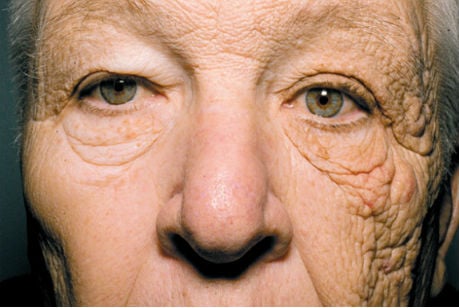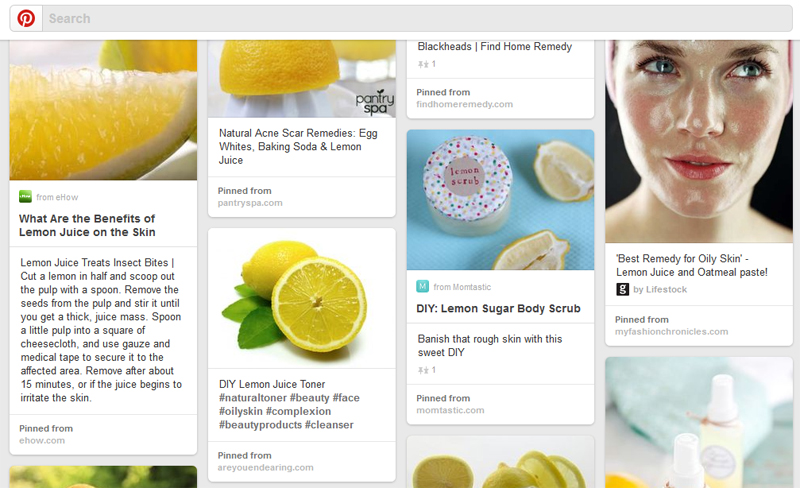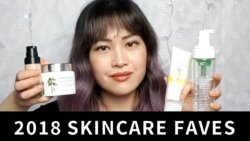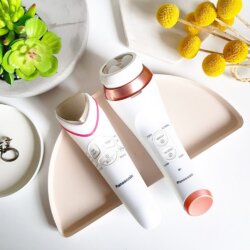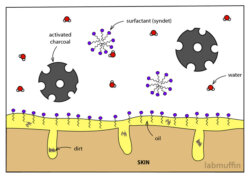Reviewing Pharrell Williams’ Skincare Routine
This week’s video is about musician and producer extraordinaire Pharrell Williams of The Neptunes, NERD and “Happy” fame. He’s well known for never seeing to age (often attributed to the fact that he may be a vampire). Here he is at 43: He’s revealed bits of his skincare routine in dribs and drabs in interviews throughout the years, so I …

